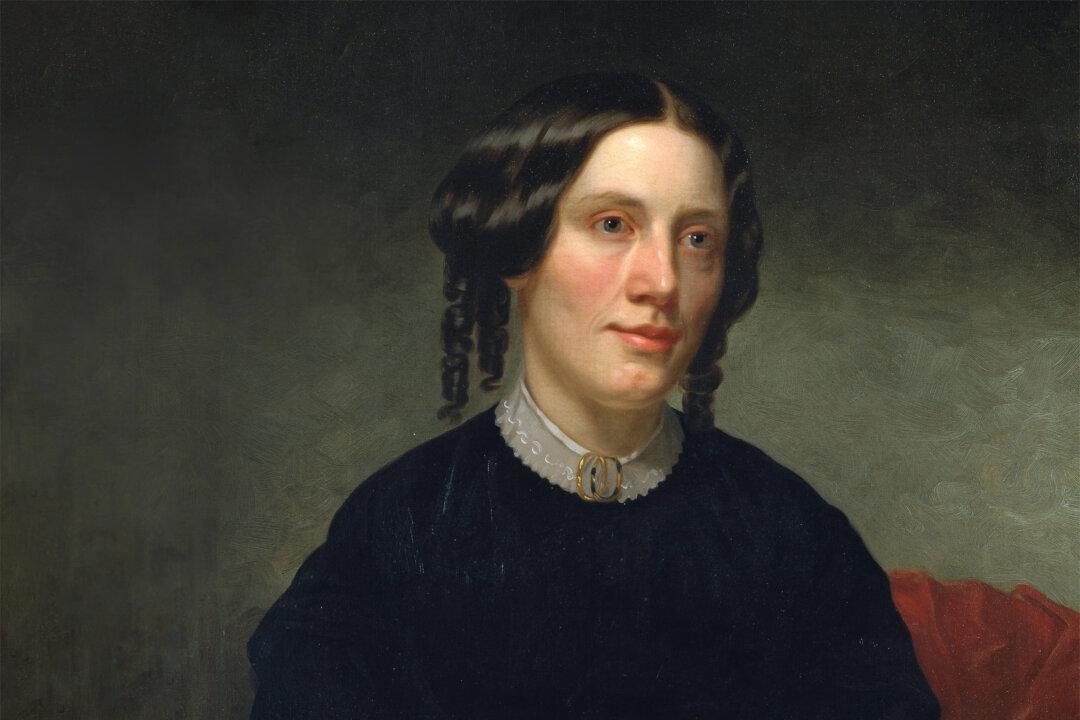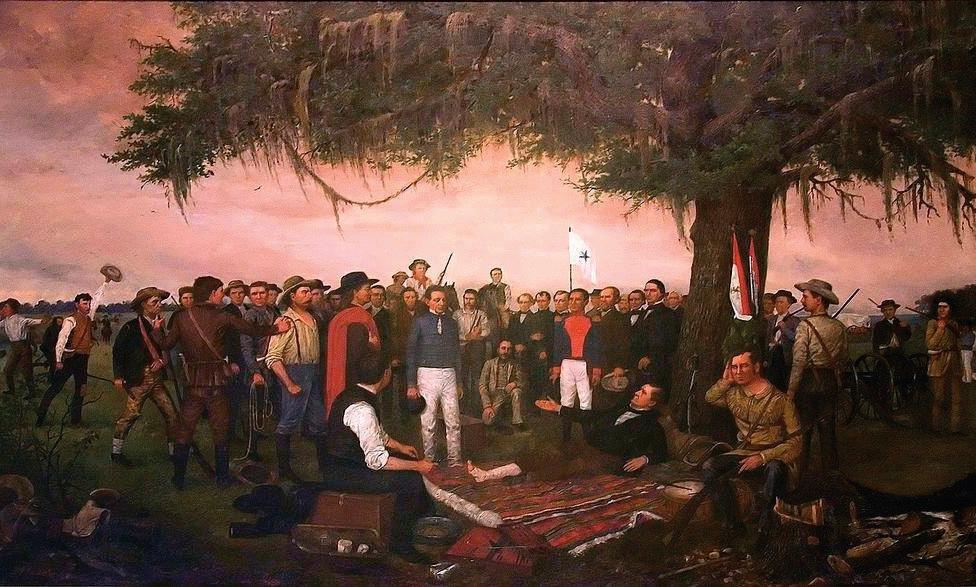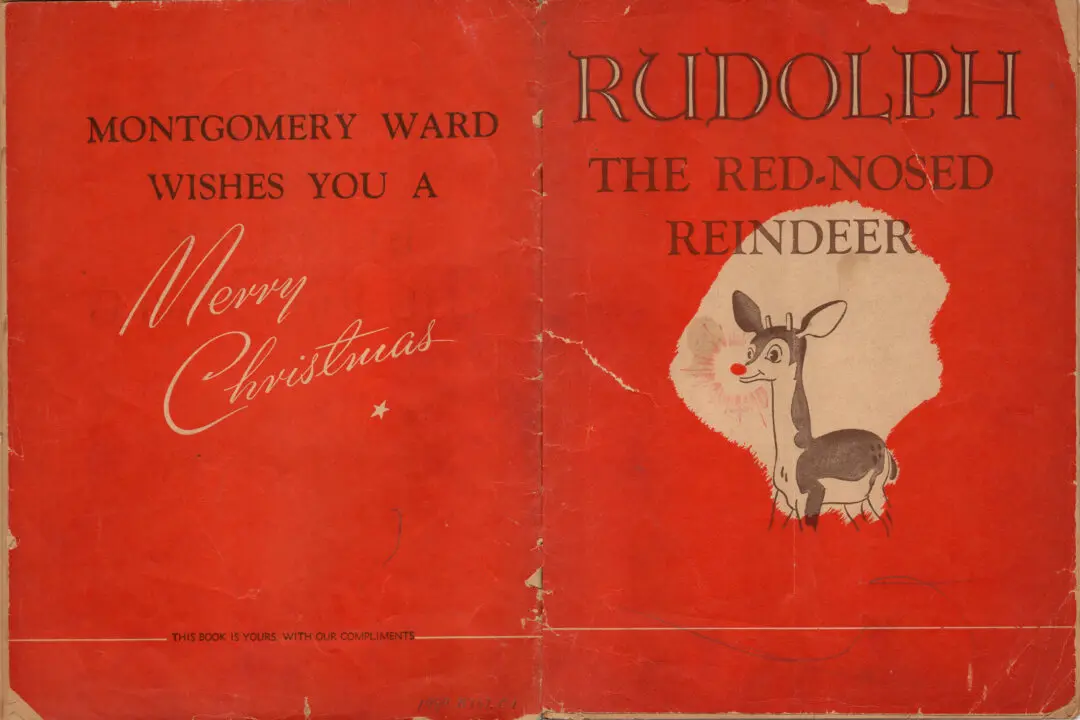“So you’re the little woman who wrote the book that made this great war.”
Whether Abraham Lincoln greeted Harriet Beecher Stowe with those words during her 1862 visit to the White House is uncertain, but if so, they were accurate. Stowe was little—she stood less than five feet tall—and the novel she had written 10 years earlier had dumped gasoline on the smoldering issue of slavery.






